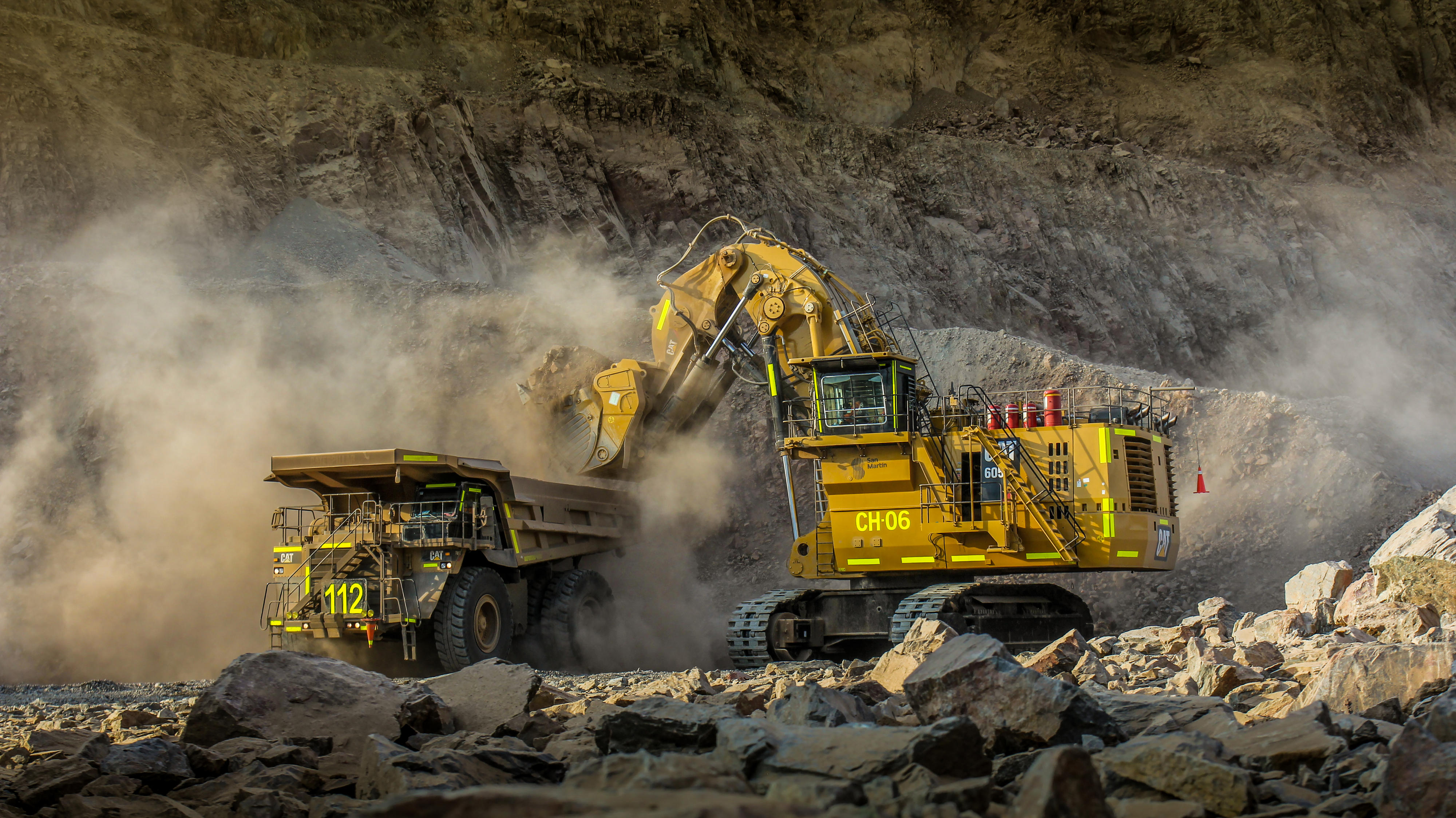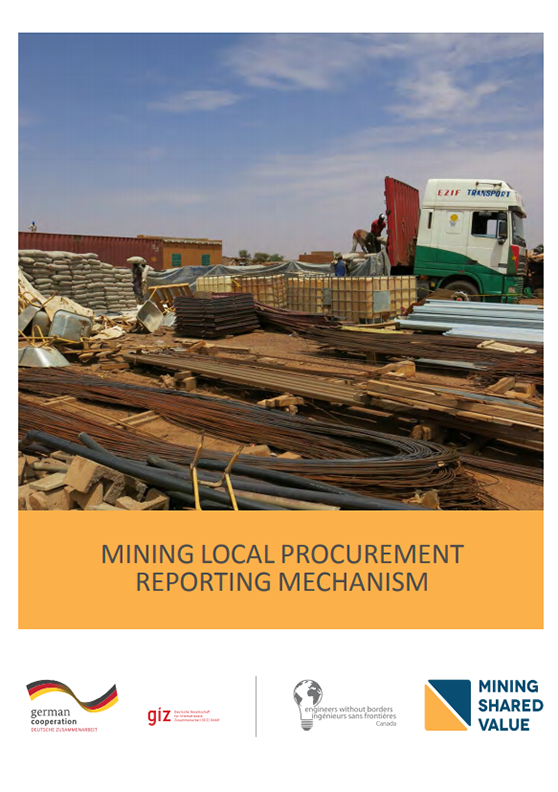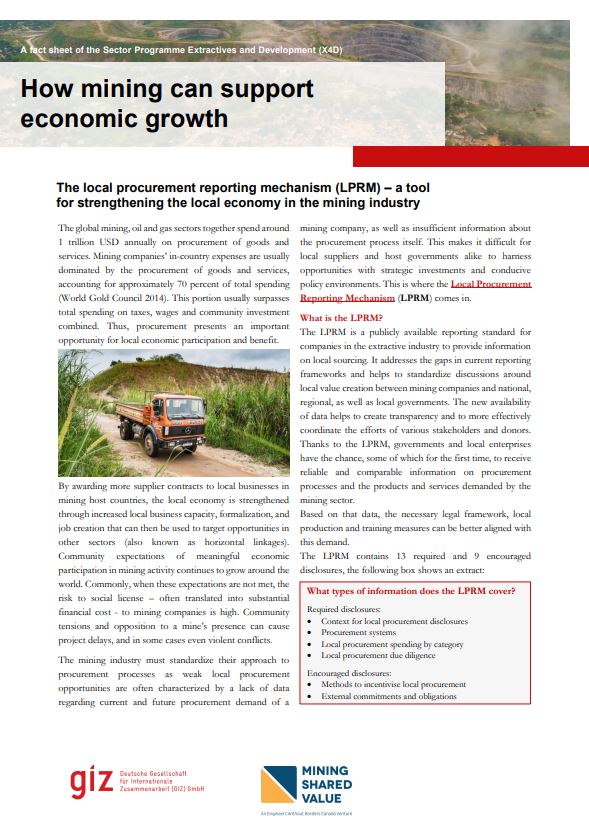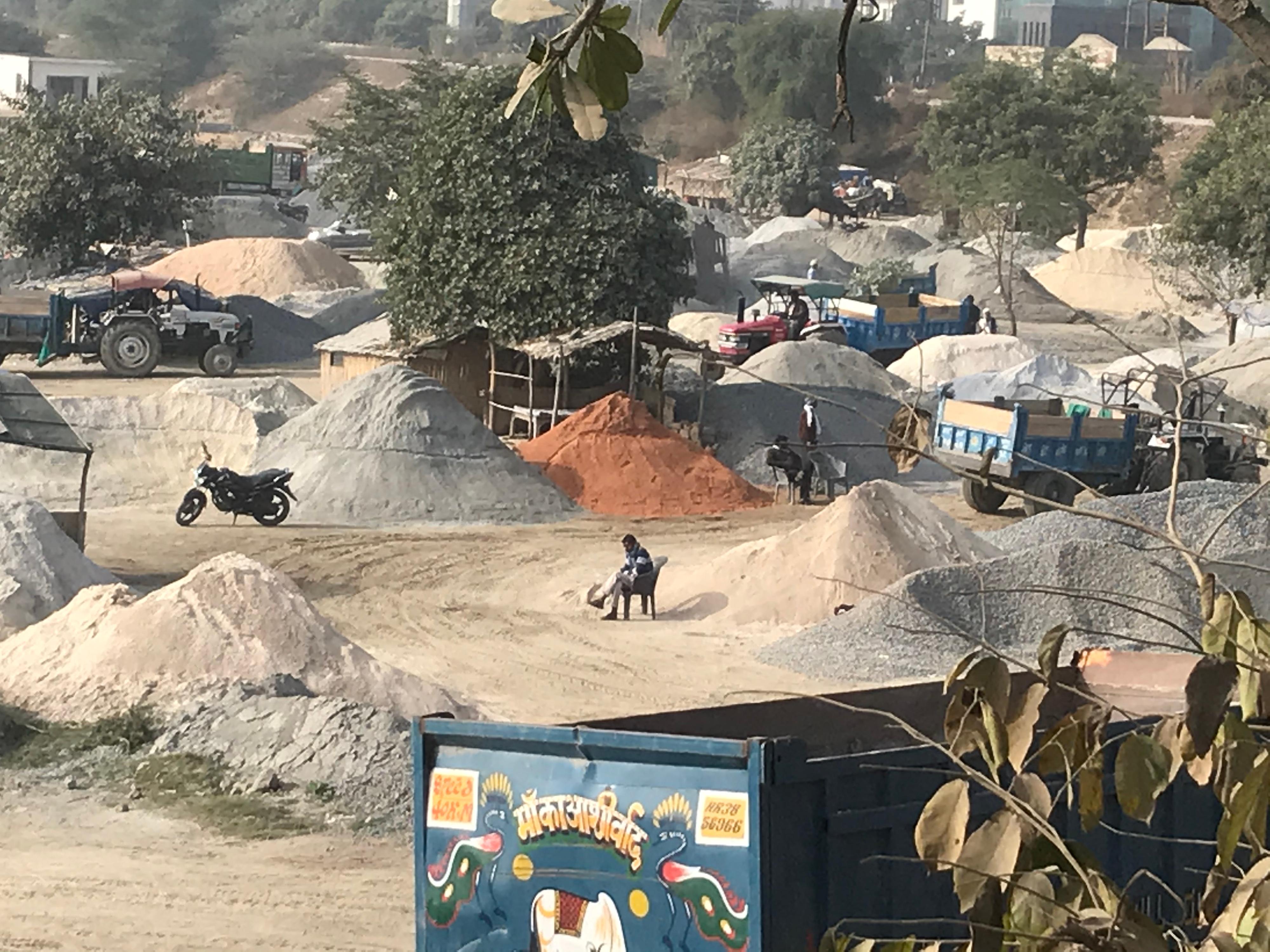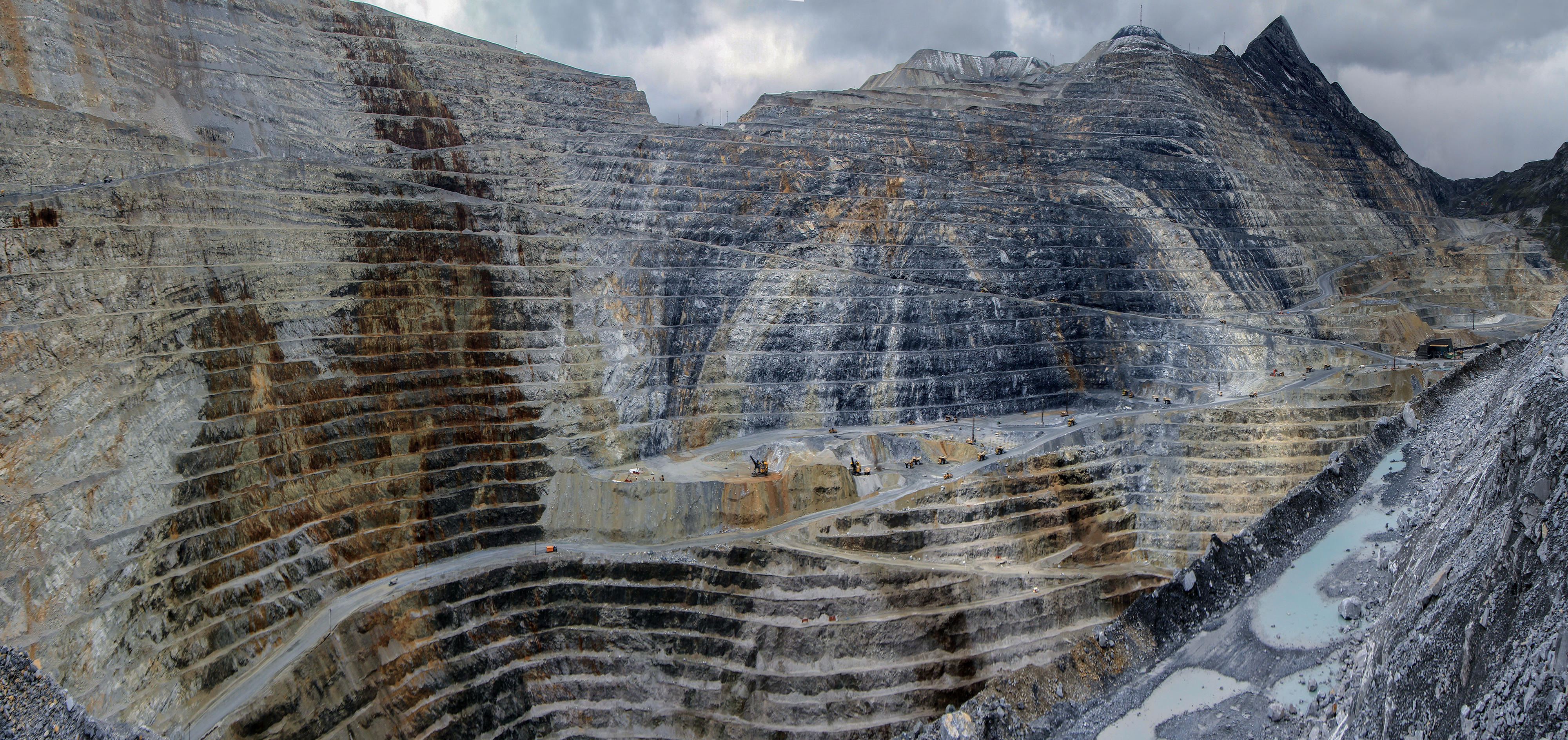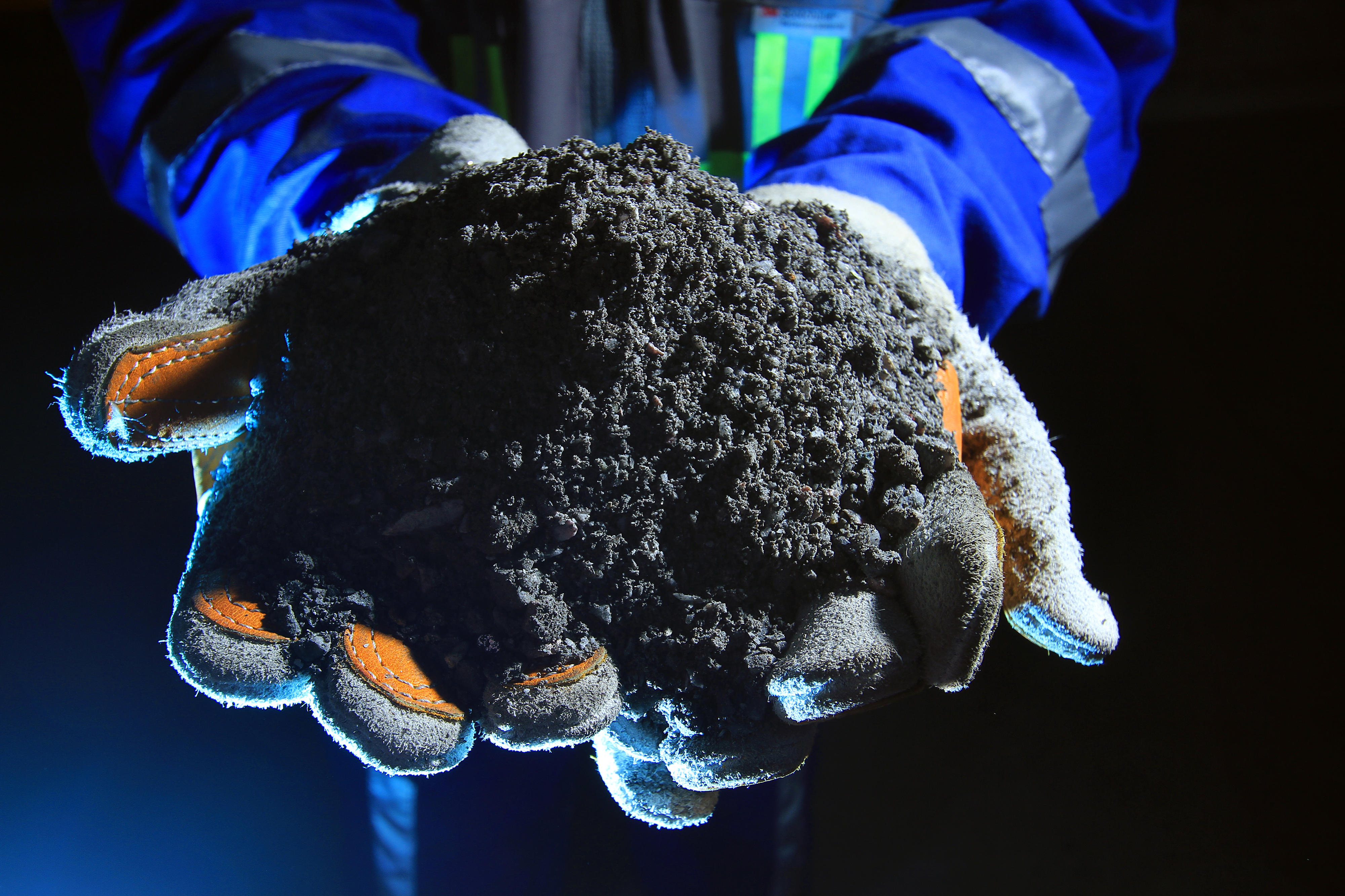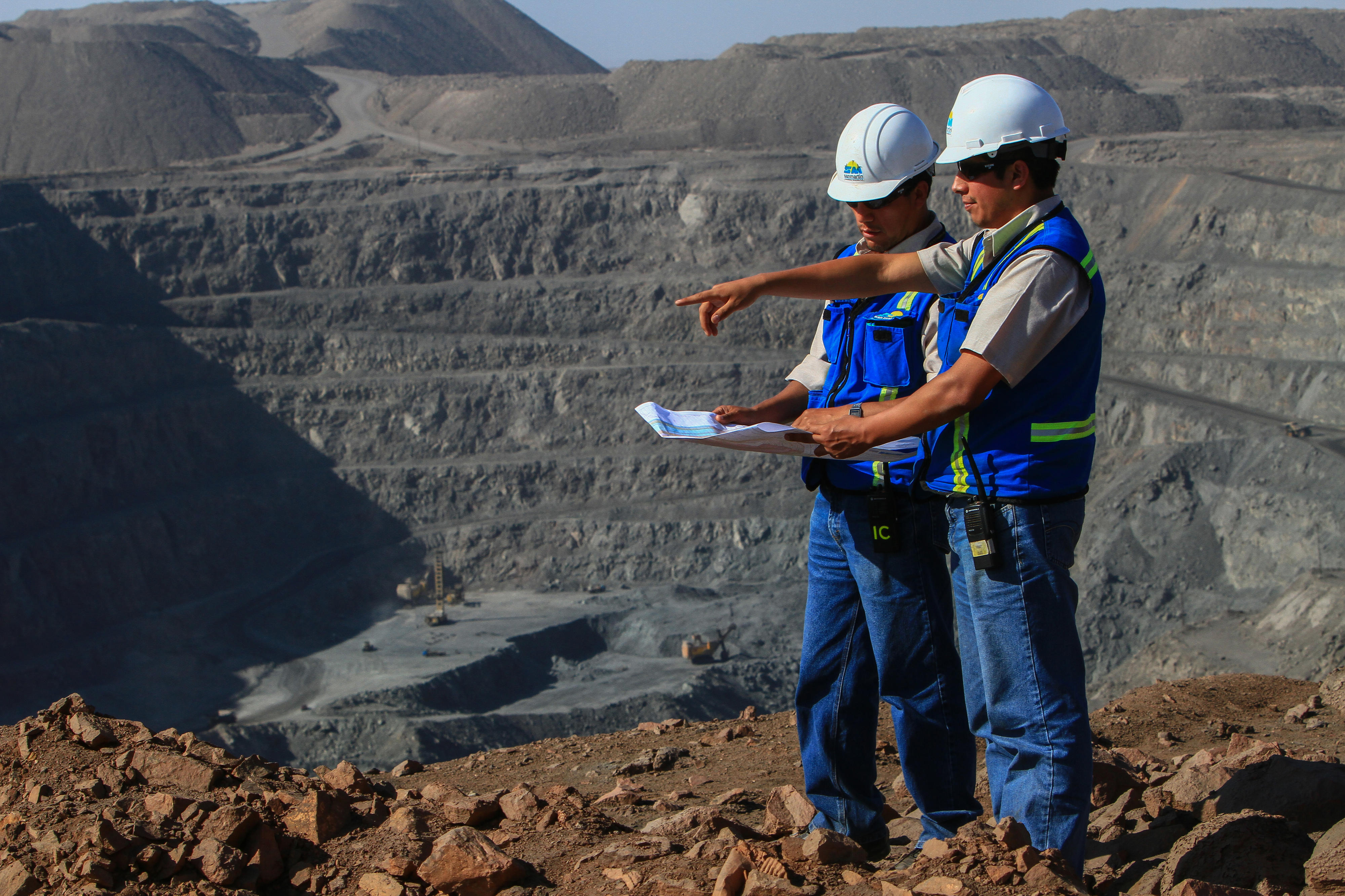Abbau mit schweren Maschinen
Copyright© GIZ/Rolando Suaña
Local Value Addition Increasing Local Value Creation through Transparency: the LPRM
By awarding more supplier contracts locally, the local economy in producing countries is strengthened and jobs are created. Expectations for economic benefits of local neighboring communities and decision-makers are often high. In many cases these expectations are not met in countries of the Global South, which can lead to tensions and opposition to mining.
While governments bemoan the lack of integration of the extractive sector into the domestic economy, mining companies emphasize their social investments in the form of financing local infrastructure or supporting small businesses in mining areas.
In order to bring transparency and comparability to these different practices, strategies and policies and to strengthen local procurement in the long term, the Mining Local Procurement Reporting Mechanism (LPRM) was developed.
Sector Programme Commitment
The Sector Programme “Extractives and Development” developed the LPRM together with the Mining Shared Value Initiative (External link) of Engineers without Borders Canada (External link) in 2017. It provides a reporting structure for companies to disclose information on the following aspects:
- Framework and context data of the company
- Processes for procurement and special consideration of local suppliers, if applicable.
- Breakdown of procurement by category and region of procurement
- Due diligence requirements and processes for local procurement (e.g. anti-corruption)
- Support measures for local suppliers
- External requirements to which the company is committed in the context of local value creation.
Since its publication, the LPRM has been taken up by the Extractive Industries Transparency Initiative (EITI) (External link), the Initiative for Responsible Mining Assurance (IRMA) (External link) and the International Council on Mining and Metals (ICMM) (External link), among others. Companies such as Ivanhoe Mines, Lundin Gold, Golden Star and Teranga Gold Corporation use the standard for their reporting. A list of previously published reports can be found here: Mining LPRM - Mining Shared Value (External link)
